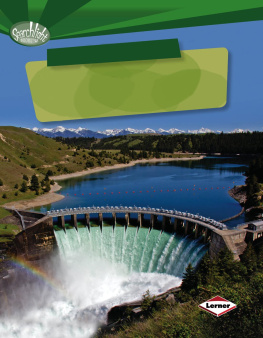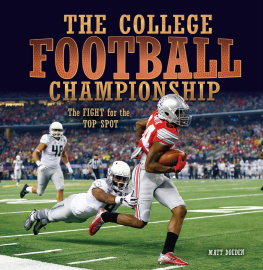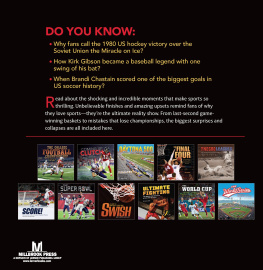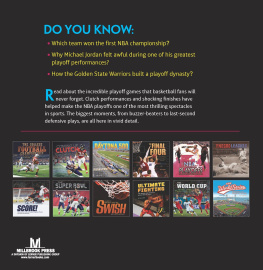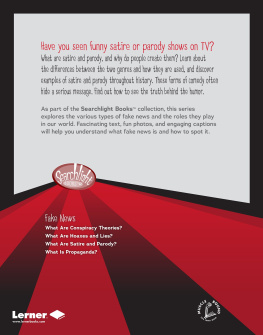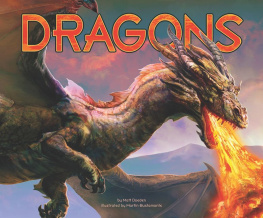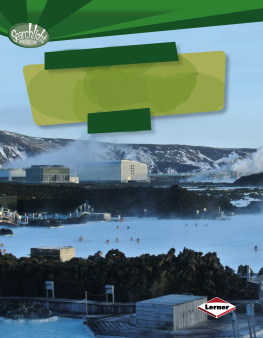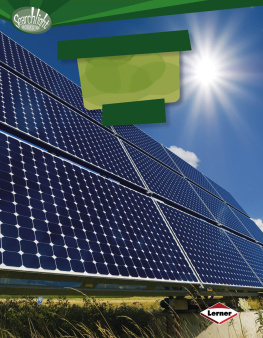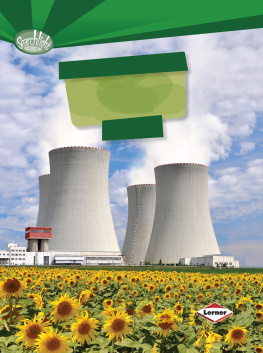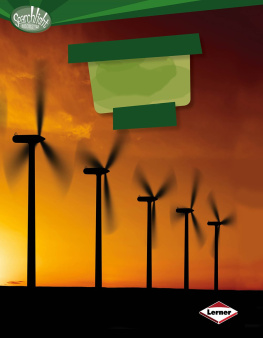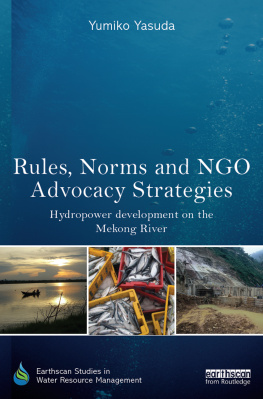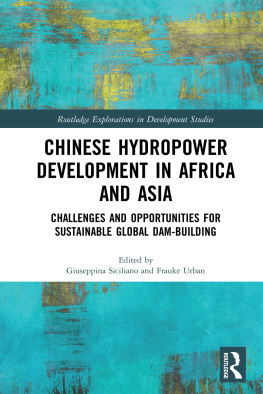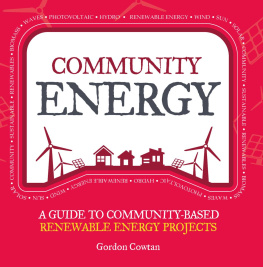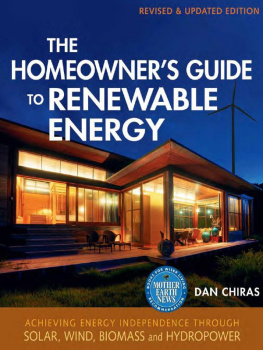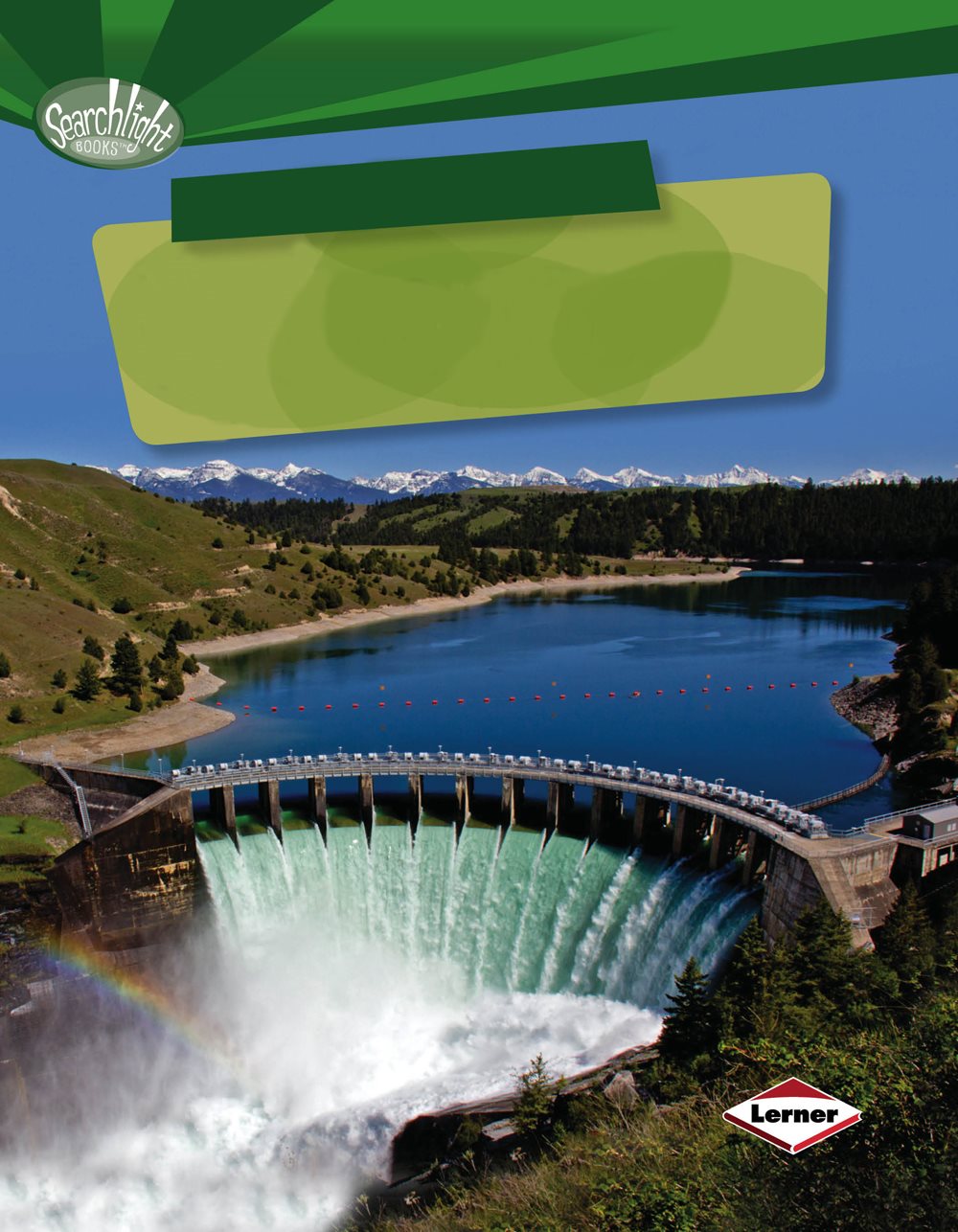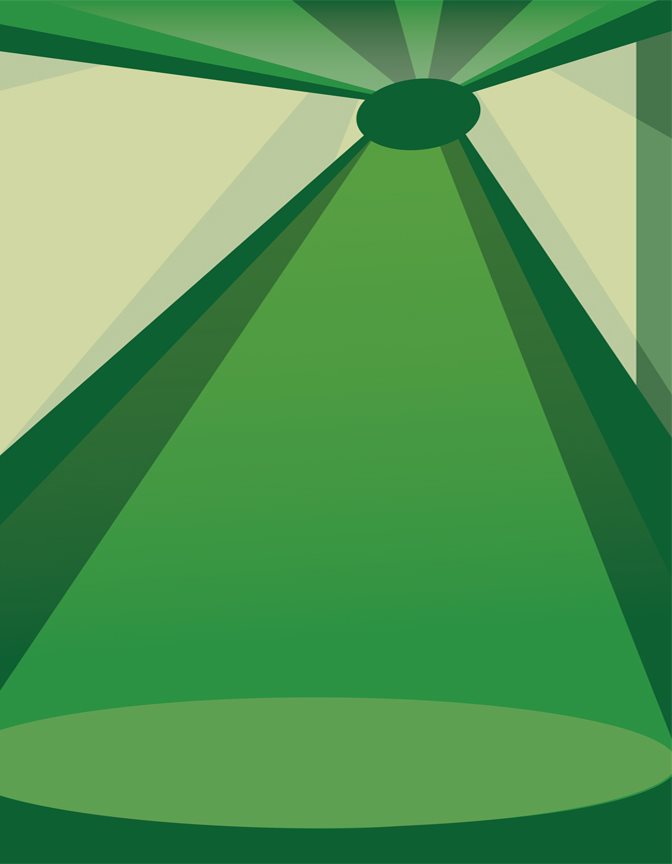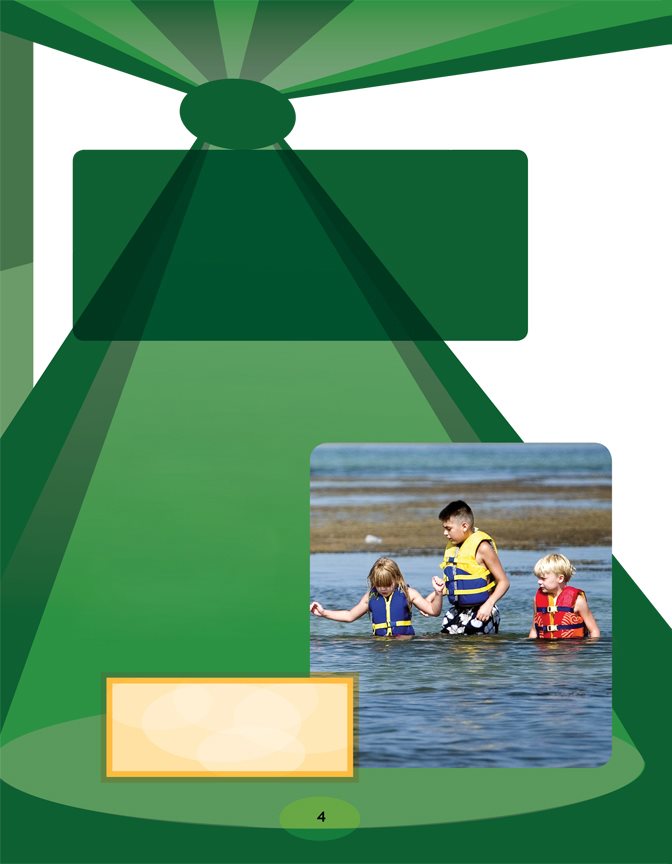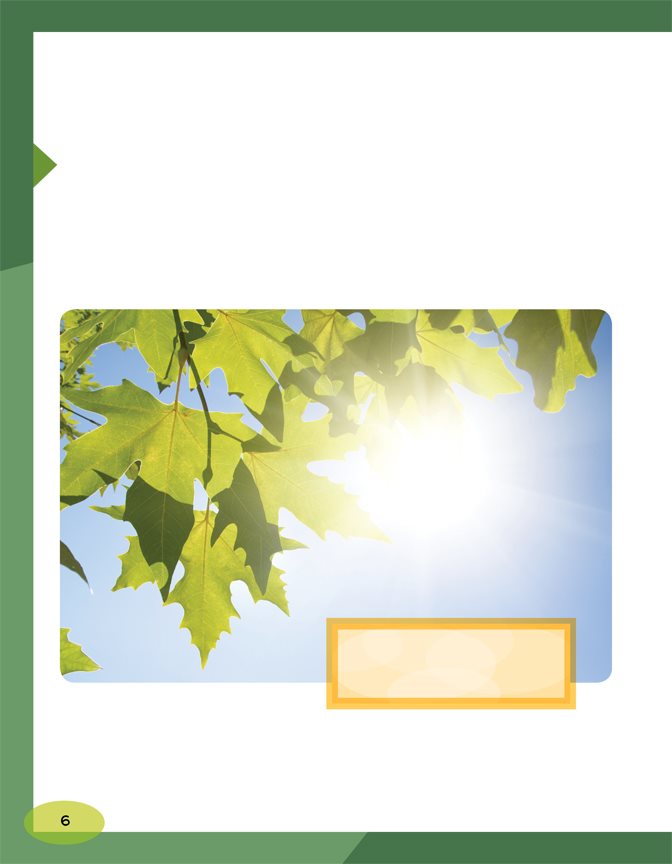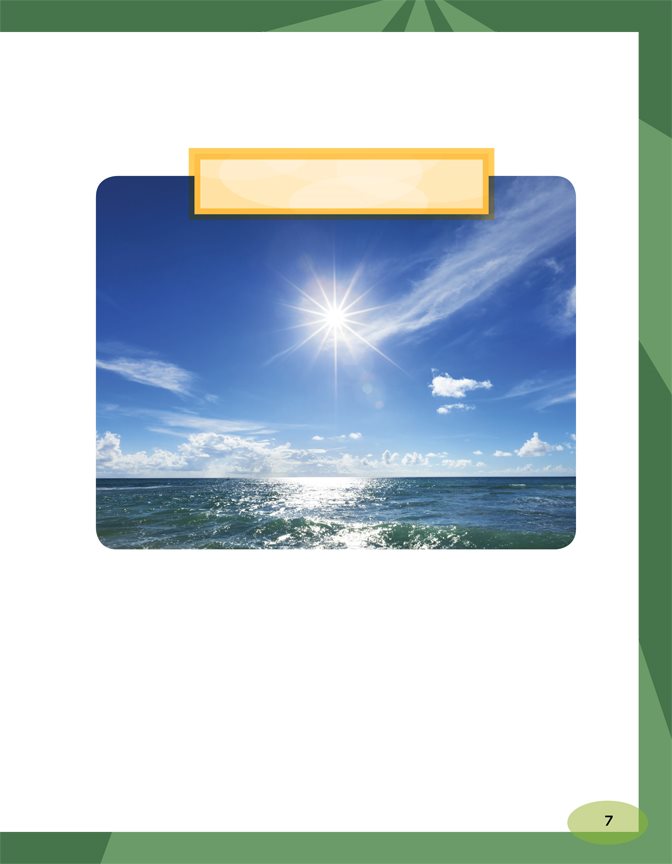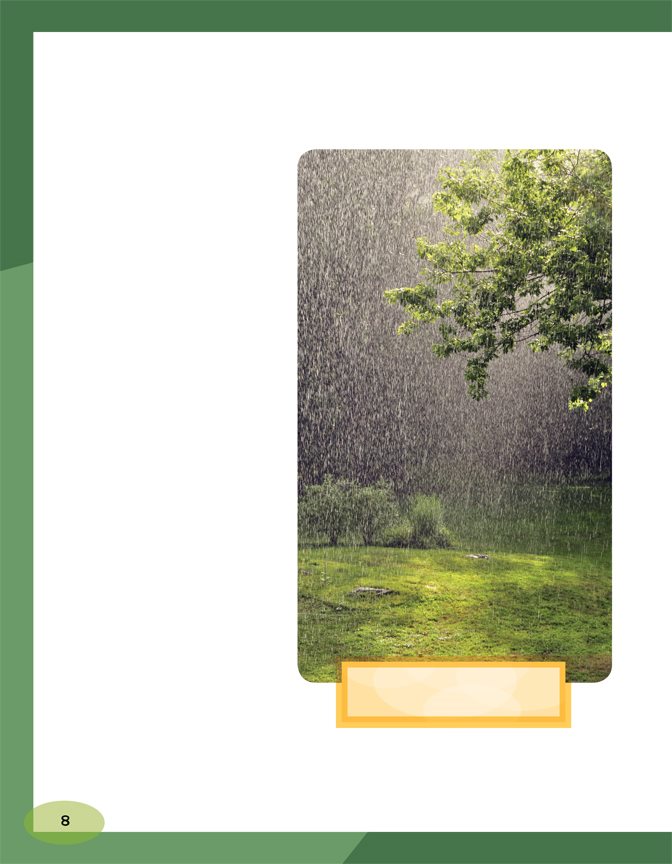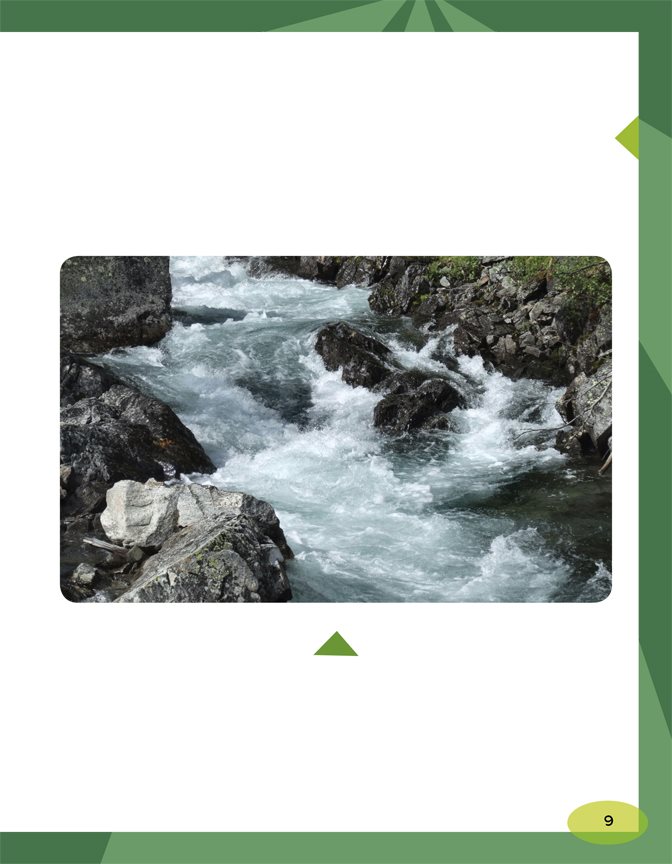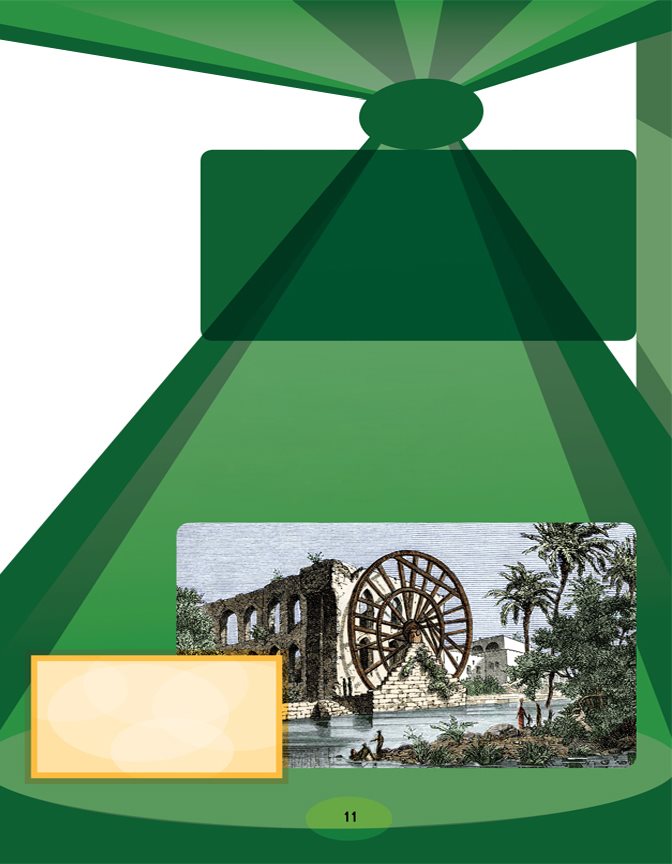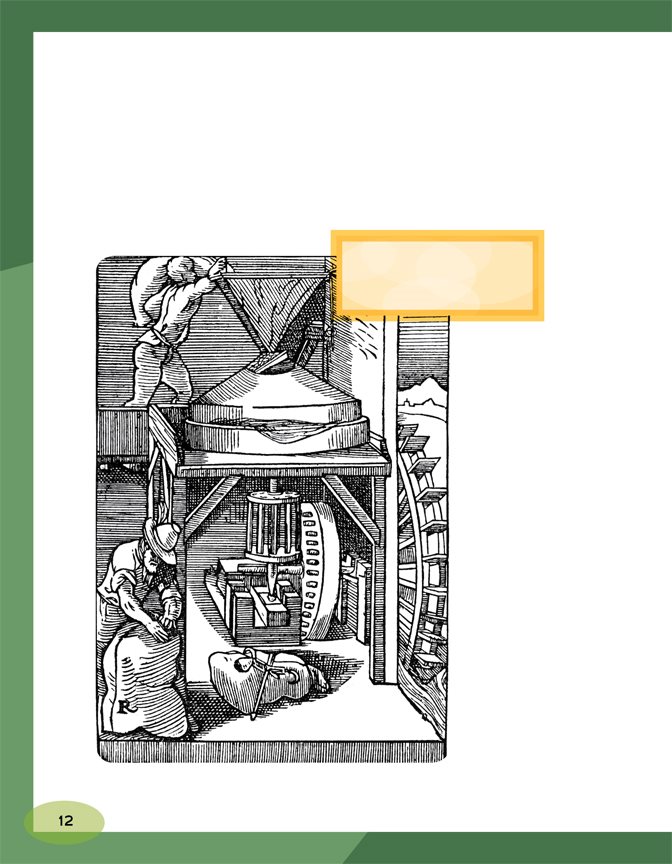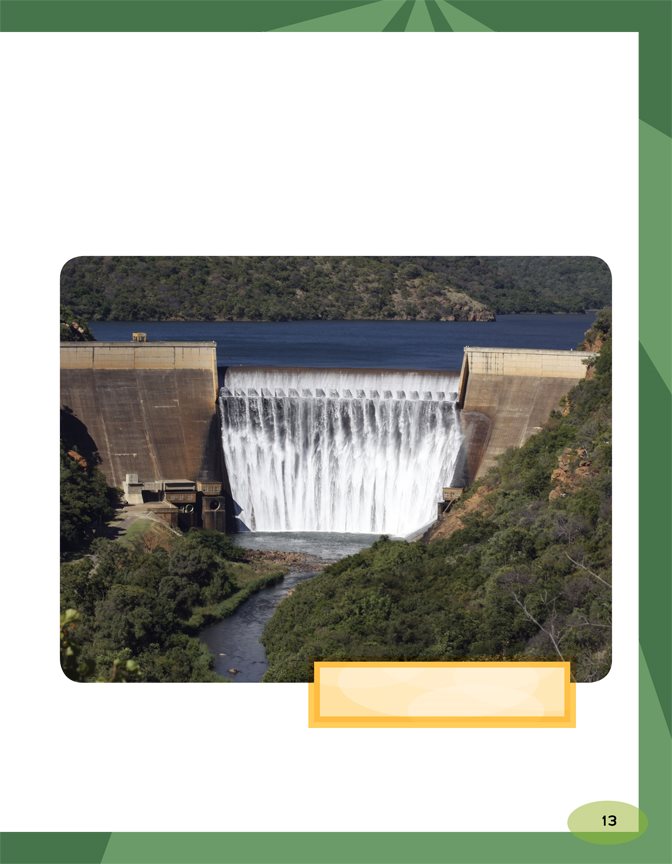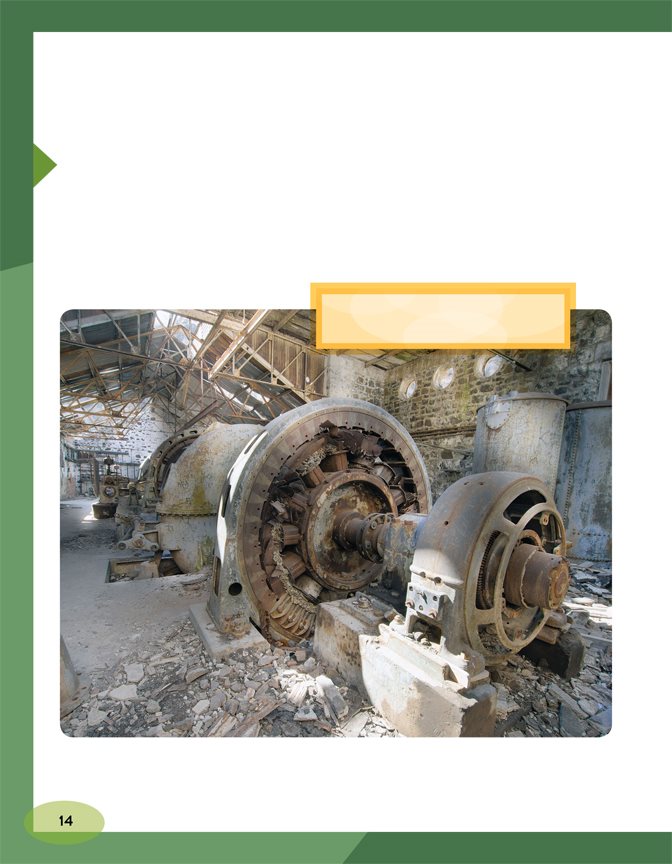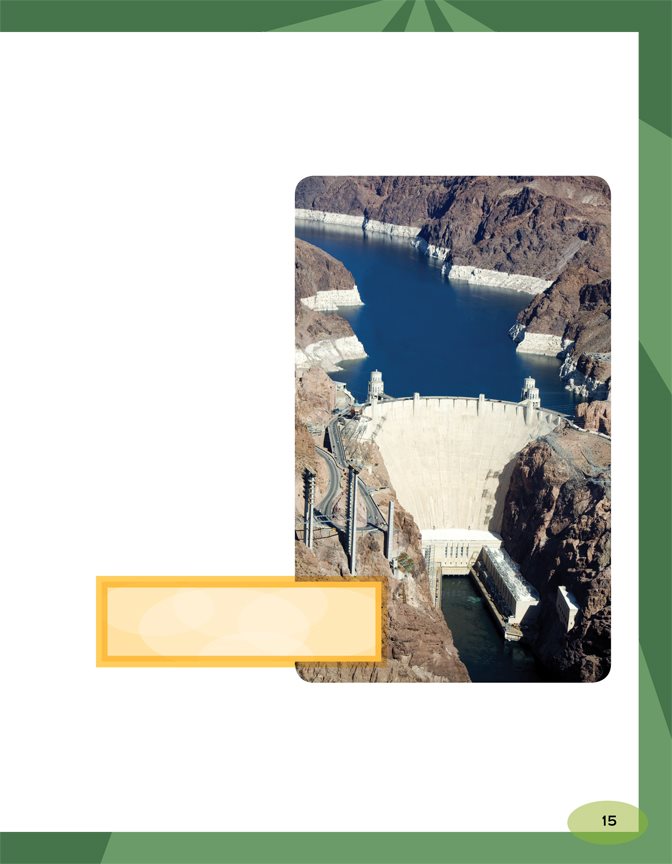Finding Out about
Hydropower
Matt Doeden
Copyright 2015 by Lerner Publishing Group, Inc.
All rights reserved. International copyright secured. No part of this book may be
reproduced, stored in a retrieval system, or transmitted in any form or by any means
electronic, mechanical, photocopying, recording, or otherwisewithout the prior written
permission of Lerner Publishing Group, Inc., except for the inclusion of brief quotations in
an acknowledged review.
Lerner Publications Company
A division of Lerner Publishing Group, Inc.
241 First Avenue North
Minneapolis, MN 55401 USA
For reading levels and more information, look up this title at www.lernerbooks.com.
Library of Congress Cataloging-in-Publication Data
Doeden, Matt, author.
Finding out about hydropower / by Matt Doeden.
pages cm. (Searchlight books What are energy sources?)
Includes index.
ISBN 9781467736596 (lib. bdg. : alk. paper)
ISBN 9781467746397 (eBook)
1. Water-powerJuvenile literature. I. Title.
TC147.D64 2015
333.914dc23
2013037868
Manufactured in the United States of America
1 BP 7/15/14
Contents
WHAT IS
HYDROPOWER?
PRODUCING
HYDROPOWER
THE PROS AND CONS
OF HYDROPOWER
Chapter
WHAT IS
HYDROPOWER?
Imagine wading into the
current of a fast- moving
river. The water
rushes around you.
It pushes on your
feet and your legs. If
the current is strong
enough, it can knock
you over. Then it can
carry you down the river.
Wading into a river with a
strong current is hard work.
What can happen if the
current is too strong?
The force of the
water against your
legs comes from
kinetic energy. All
moving objects have
this energy. We can
use the kinetic energy
of moving water to
produce electricity.
This is called
hydropower.
When you run, you
have kinetic energy.
Where Does the Energy Come From?
Energy doesnt come from just anywhere. So how does
a rushing river get its kinetic energy? It comes from the
sun! But it is not direct. There are a few steps along
the way.
Hydropower comes from
the water cycle, which is
powered by the sun.
Water from the ocean
evaporates and creates clouds.
Heat from the suns rays powers the water cycle.
Thats how water moves around the world. Think of the
sun beating down on an ocean or a lake. The suns heat
causes some of the water to turn into vapor. The vapor
collects and forms clouds.
Many of these
clouds move over
land. Some of the
vapor falls as rain
or snow. Rain and
melted snow run off
into rivers. The rivers
empty into oceans
and lakes. Then the
cycle starts all over
again. As long as the
sun keeps shining,
Earths water will
keep moving.
Rain is another phase of
the water cycle.
Where Is Hydropower Produced?
Any source of moving water can produce hydropower.
Even small streams can create it. But large, fast- moving
rivers create the most.
A RIVER WITH RAPIDLY FLOWING WATER
CAN CREATE A LOT OF HYDROPOWER.
An objects kinetic
energy depends on
its size and its speed.
A speeding car has
a lot more of it than
a speeding bicycle.
The same is true
for water. The more
water a river has, the
more energy we can
get from it. Thats
why most hydropower
plants, or hydro plants,
are on big rivers.
You have kinetic energy
when you ride your bike.
Chapter
PRODUCING
HYDROPOWER
People have been using the
energy in moving water for
thousands of years. People built
waterwheels on rushing rivers in
ancient Rome and China.
The ancient Egyptians
used waterwheels to
collect energy. How long
have people been using
energy from moving water?
The waterwheels had spinning blades or buckets.
The moving water pushed on them and spun the wheel.
A stone was attached to the wheel to crush grain. A
blade could be attached to cut wood as the wheel spun.
Waterwheels helped
people crush grain
more easily.
Few people use waterwheels in modern times.
Instead, we use dams and other machines to turn the
waters energy into electricity.
This large dam can generate
a lot of electricity.
Hydro Plants
In the late 1800s, people learned they could turn a rivers
kinetic energy into electricity. They built the first hydro
plants. The electricity the plants created powered nearby
homes and buildings.
This is an abandoned hydro
plant in Oregon.
Today, hydro
plants use three
main parts. They
are the dam, the
reservoir, and the
generator. It all
starts with the dam.
Large dams stretch
across a river. They
block the flow of the
rivers water.
The Hoover Dam stretches
across the Colorado River on
the Arizona- Nevada border.

